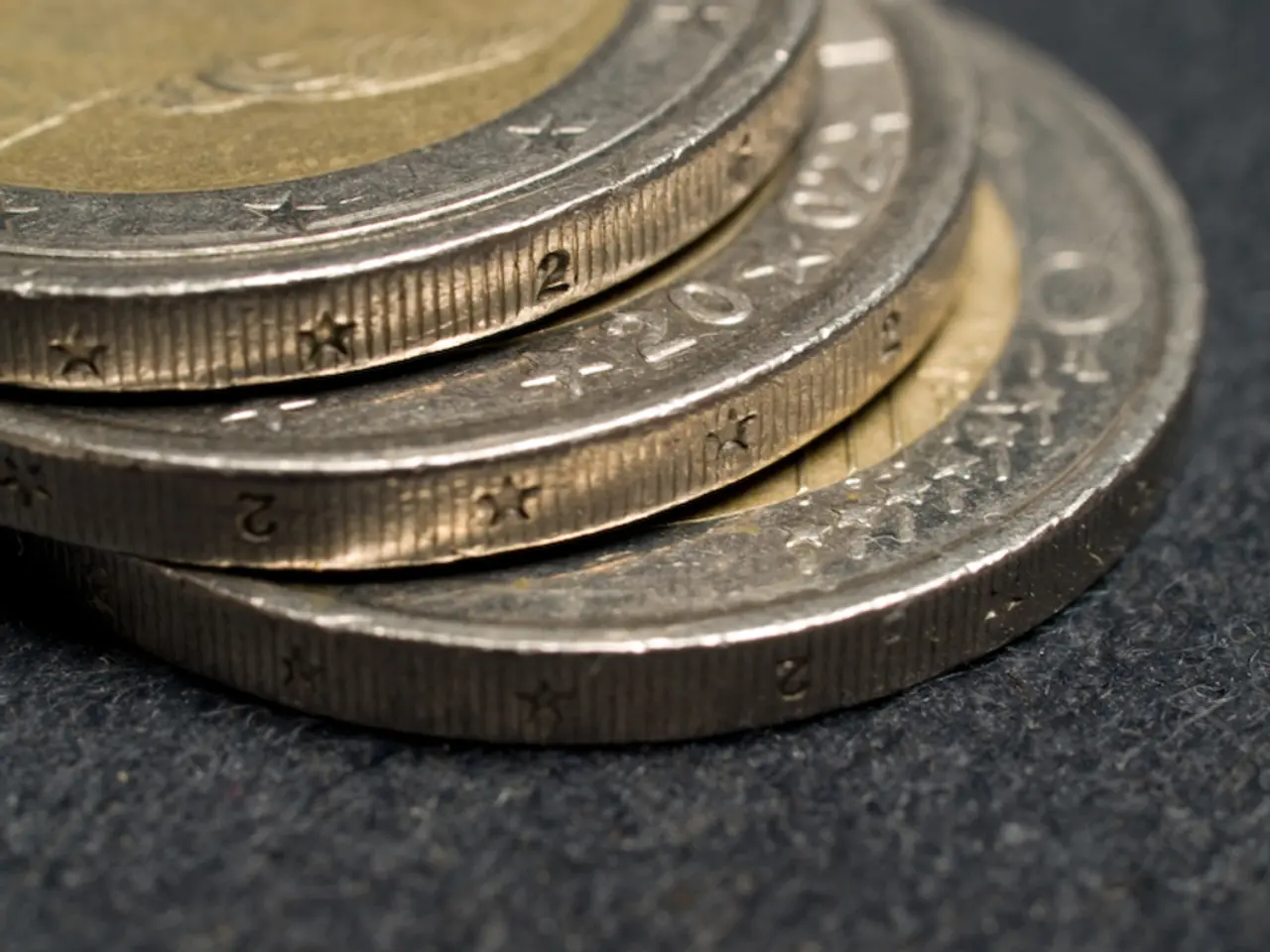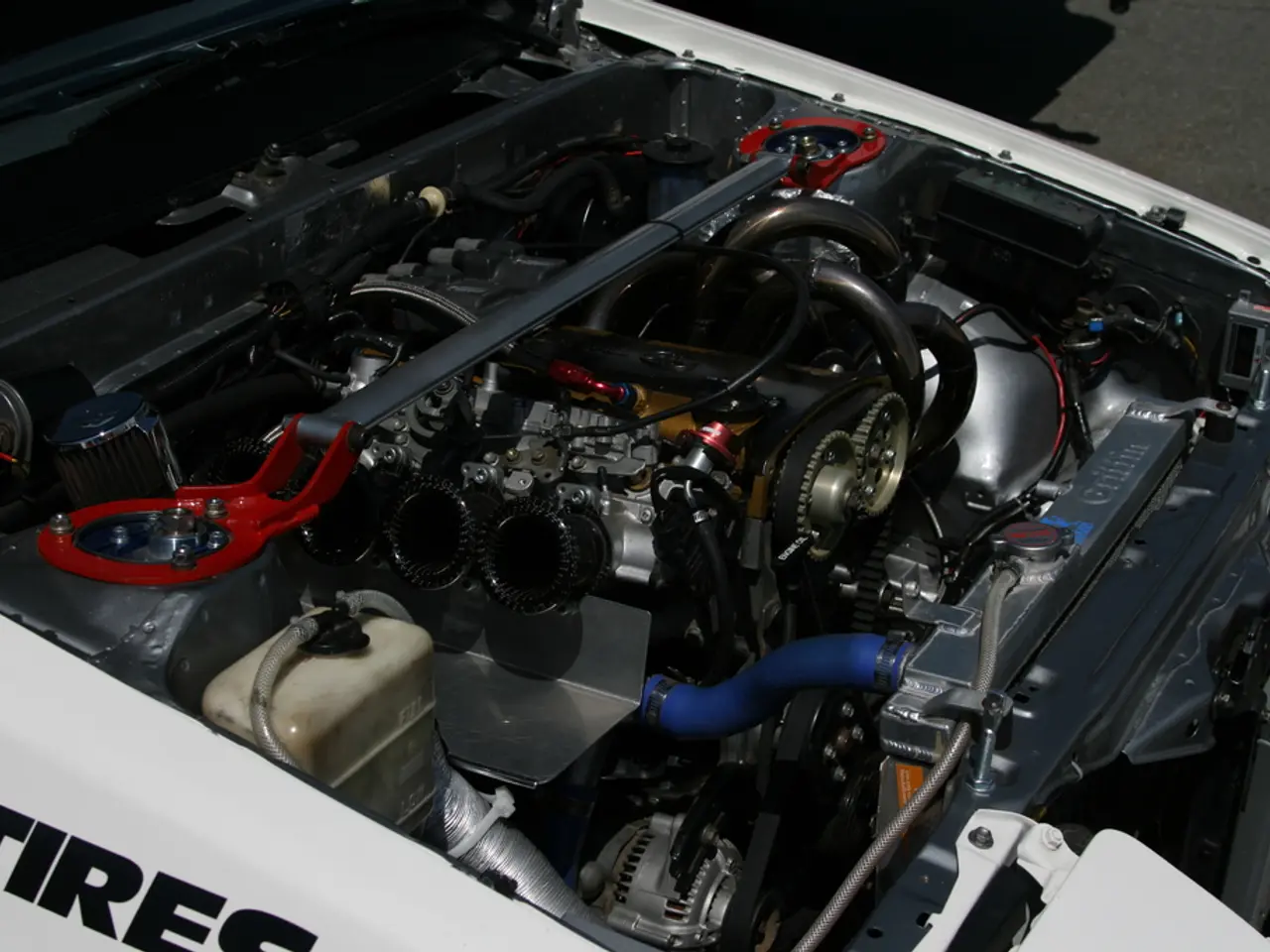Essential Security Measures in British Coin Designs
The Royal Mint, the UK's national mint, has been at the forefront of coin design and security, integrating both traditional artistry and modern technology to create coins that are visually striking and resistant to counterfeiting.
One of the most notable examples of this innovative approach is the twelve-sided £1 coin, introduced in 2017. This coin features a secret 'High Security Feature', more advanced than an Electromagnetic Signature, but details remain top secret. The introduction of fine engraving, design decisions, and micro-lettering in UK coins is a result of these advancements. Some new coins are fitted with a special plating that contains an electromagnetic signature (EMS), while others, like the £1 coin, include micro-lettering as an advanced design feature. The lower inside rims of both the obverse and reverse of the twelve-sided £1 coin feature micro-lettering.
Advancements in computer-aided modelling and steel tooling have enabled coin designers to incorporate complex details previously unattainable. These details are three-dimensional and as complex as those on a banknote. Certain coins, such as the £1 coin, use special lenticular imaging, causing an image to change appearance when the coin is titled at different angles. The bi-metallic design in UK coins like the £1 and post-1997 £2 coins is another advanced security feature. The bi-metallic £1 coin showcases this feature with the pound sign (£) changing to the number one (1) when tilted.
The introduction of the dodecagonal £1 coin serves as another security feature, making it more difficult to counterfeit. Different combinations of size and metal cause distinct patterns when the coins are passed through an electromagnetic field, known as their 'electronic signature'. When passed through a small electromagnetic field, each coin creates ripples or other disturbances that can be detected and analysed.
The Royal Mint has a free website app for those interested in coin collecting, and they employ a combination of hidden and visible security features on UK coins to prevent counterfeiting and ensure easy authentication.
Visible security features, such as the iconic design of the Britannia coin itself, serve as a first line of visual authenticity. The coin is bordered with micro-text that reads "DECUS ET TUTAMEN," which means "An ornament and a safeguard." This micro-text is visible under magnification and is difficult for counterfeiters to replicate accurately.
Hidden security features, like the ones incorporated in the 2025 Britannia coin, enhance the coin's resistance to forgery and make it visually secure. These security innovations include micro-engraving and possibly laser-etched or other micro-structured elements that are challenging to replicate without advanced minting technology.
The presence of multiple layers of security—both visible and hidden—means counterfeiters must replicate not just the superficial look but the complex embedded details, significantly raising the difficulty and cost of producing convincing fakes. This blend of traditional coin artistry with modern micro-engraving and secure marking technologies ensures the coins remain trusted legal tender and bullion assets.
The milled edges and edge lettering, a feature that was added to UK coinage in the 1660s, provide a high degree of visual security and make coins difficult to counterfeit accurately. The bi-metallic design in UK coins increases the complexity of the minting process, making fraud significantly more challenging.
In summary, the Royal Mint's innovative approach to coin design and security has resulted in coins that are visually striking, difficult to counterfeit, and trusted legal tender. The combination of traditional artistry and modern technology ensures that the UK's coins remain at the forefront of coin design and security.
[1] The Royal Mint, "Britannia Coins," accessed on March 29, 2023, https://www.royalmint.com/britannia-coins [2] The Royal Mint, "MintMark SI™ Technology," accessed on March 29, 2023, https://www.royalmint.com/about-us/technology/mintmark-si-technology [3] The Royal Mint, "2025 Britannia Silver Coin," accessed on March 29, 2023, https://www.royalmint.com/collections/britannia-silver-coins/2025-britannia-silver-coin [4] The Royal Mint, "The New £1 Coin," accessed on March 29, 2023, https://www.royalmint.com/about-us/news/the-new-1-coin [5] The Royal Mint, "The Technology Behind Our Coins," accessed on March 29, 2023, https://www.royalmint.com/about-us/technology
The adoption of advanced technology in the minting process by the Royal Mint has enabled the integration of complex details, akin to banknotes, on coins. This includes the use of special lenticular imaging, bi-metallic designs, and micro-lettering, as seen on the £1 coin.
The innovative security features implemented in UK coins, such as the electromagnetic signature (EMS) and micro-engraving, are not just limited to coins, but have extended into the finance industry, offering a secure method for currency transactions.




